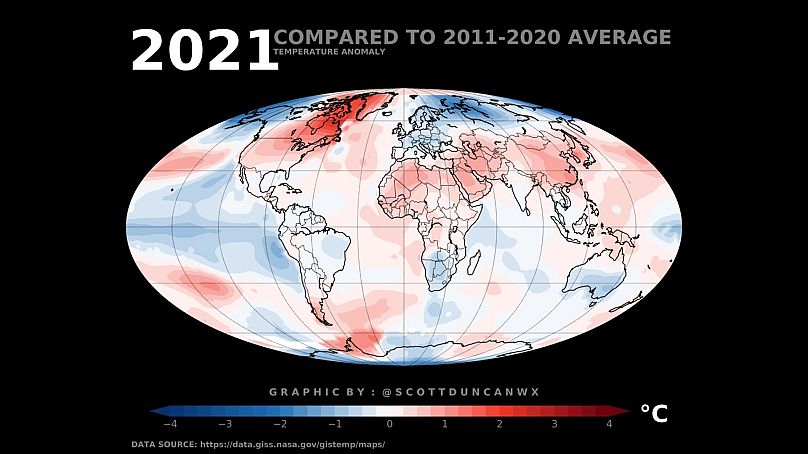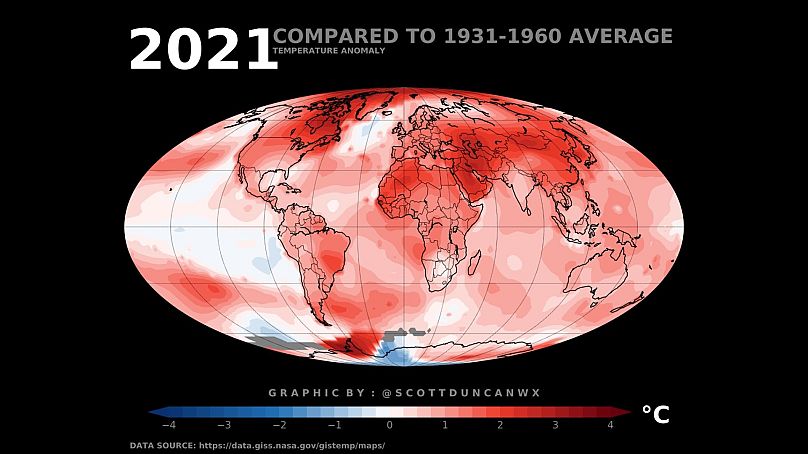Thu, February 3, 2022

Washington Commanders owner Daniel Snyder was accused of sexual harassment by a former employee at a congressional hearing on Thursday (AFP/Patrick Smith) (Patrick Smith)
A former Washington Commanders employee told a US Congressional panel hearing evidence of workplace malpractice at the NFL franchise on Thursday that she was sexually harassed by team owner Dan Snyder.
Tiffani Johnston, a former cheerleader and marketing executive with the NFL team, said Snyder had touched her thigh under the table during a team dinner before later "aggressively" trying to steer her into his limosuine.
The allegation -- the first of its kind against Snyder -- was made as Johnston spoke at a roundtable organized by the House Oversight Committee to address workplace misconduct and sexual harassment at Washington's NFL franchise.
The Washington Football Team -- renamed the Commanders on Wednesday -- were fined $10 million by the NFL last year after an investigation found evidence of sexual harassment, bullying and intimidation.
The allegations centred around several managers and executives who have since left the franchise, but Snyder had not been accused of inappropriate behavior before.
Johnston told lawmakers on Thursday how she had been forced to rebuff Snyder's advances during a team dinner, where she had been seated next to the multi-billionaire owner.
"I learned that placing me strategically by the owner at a work dinner after this networking event was not for me to discuss business, but to allow him, Dan Snyder, to place his hand on my thigh under the table," Johnston said.
"I also learned later that evening how to awkwardly laugh when Dan Snyder pushed me aggressively towards his limo with his hand on my lower back, encouraging me to ride with him to my car.
"I learned how to say no even though the situation was getting more awkward, uncomfortable and physical."
She said Snyder only desisted after his attorney intervened, warning him it would be a "very bad idea."
- 'Outright lies' -
In a statement quoted by several US media outlets on Thursday, Snyder apologized for the workplace culture at his team but strongly rejected allegations of personal wrongdoing.
"I apologize again today for this conduct, and fully support the people who have been victimized and have come forward to tell their stories," Snyder said.
"While past conduct at the team was unacceptable, the allegations leveled against me personally in today's roundtable -- many of which are well over 13 years old -- are outright lies.
"I unequivocally deny having participated in any such conduct, at any time and with respect to any person."
In separate testimony in Thursday's hearing, Melanie Coburn, the team's former marketing director, recalled an incident during a staff trip to Snyder's home in Aspen, Colorado.
She said that after returning to Snyder's house following an evening function, she was told to go to her room in the basement and remain there.
"I later learned from a colleague, who was there, that it was because the men had invited prostitutes back," Coburn told the hearing.
She described the workplace culture at the team's headquarters as "deplorable, like a frat party run by a billionaire who knew no boundaries."
The oversight committee chair, Carolyn Maloney, meanwhile accused National Football League chiefs of covering up for Washington and Snyder by failing to publicly release the report into wrongdoing at the franchise last year.
"After 20 years of sexual harassment and abuse at the Washington Football Team, the team and the league have tried to sweep all of this under the rug," Maloney said in her opening statement.
"After an investigation by a respected lawyer found rampant and serious abuses at the Washington Football Team, the NFL covered it up.
"In a break from recent precedent, the league refused to release a written report and let Mr. Snyder off with a fine and a slap on the wrist."
rcw/js






















